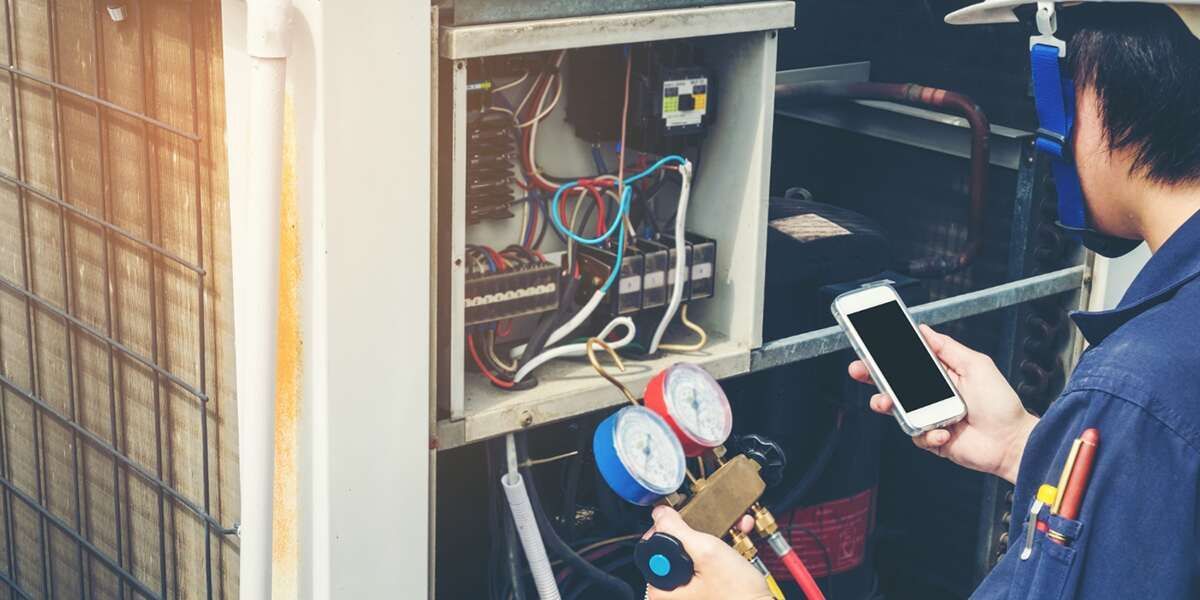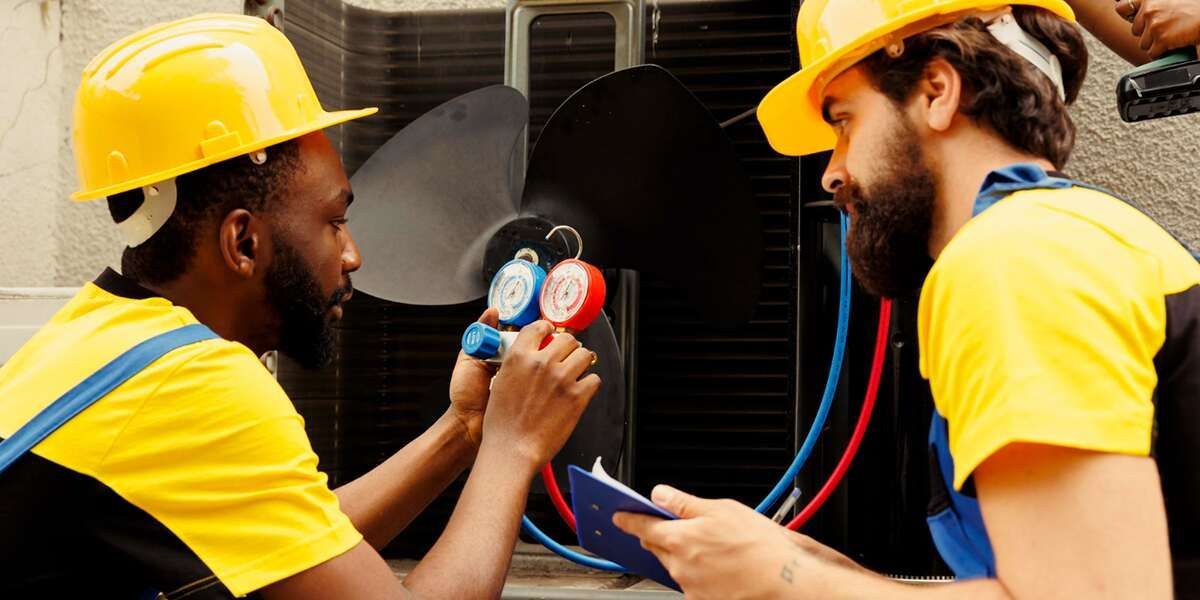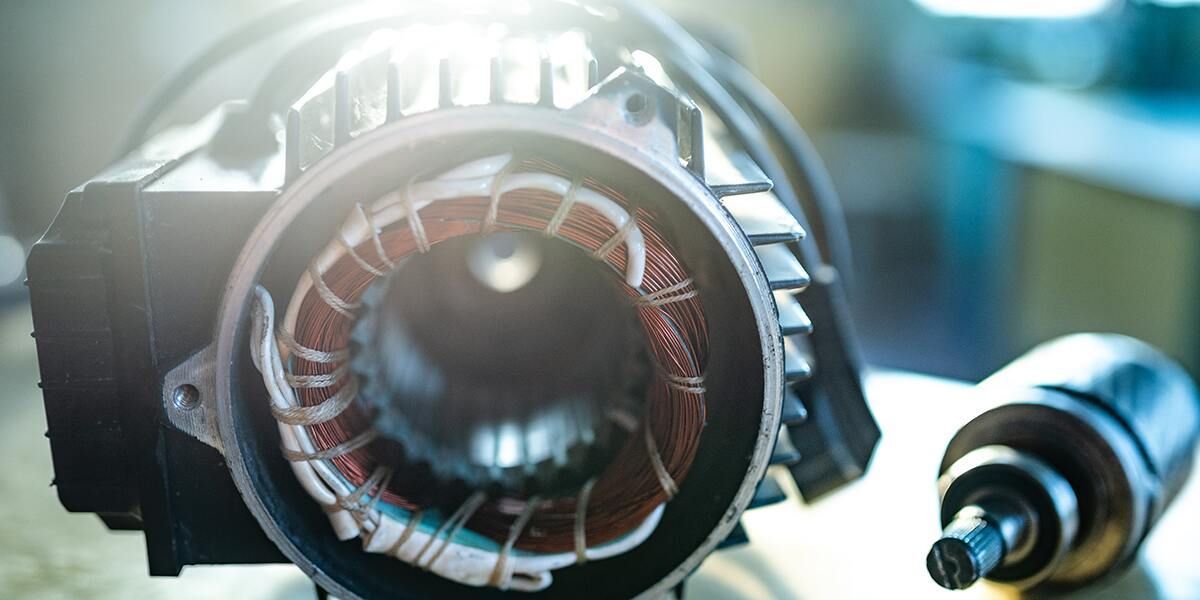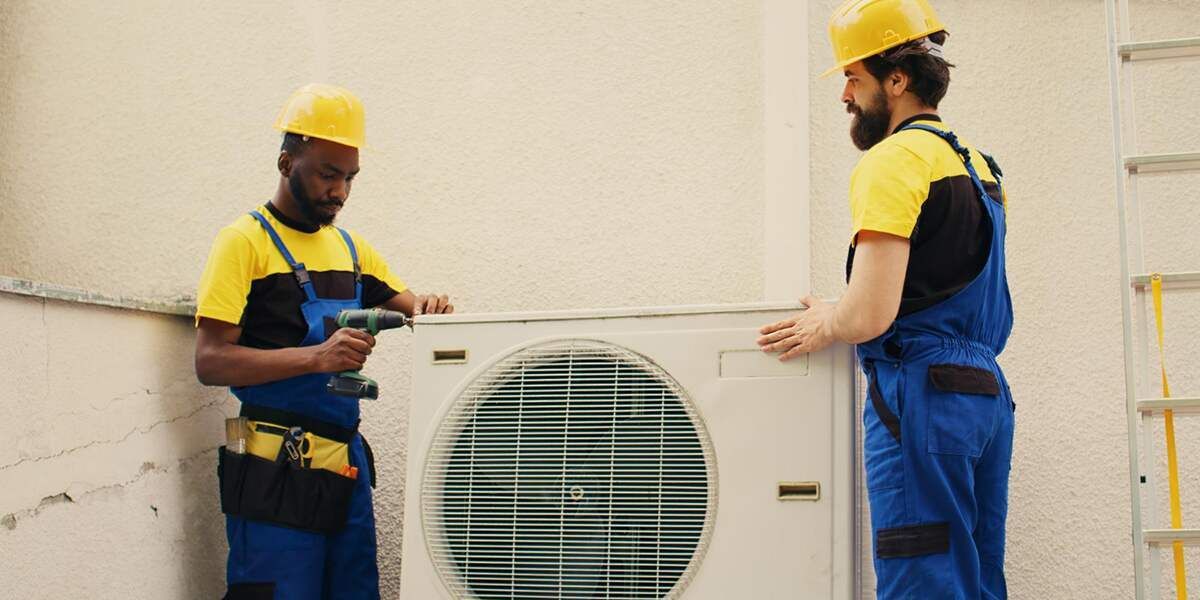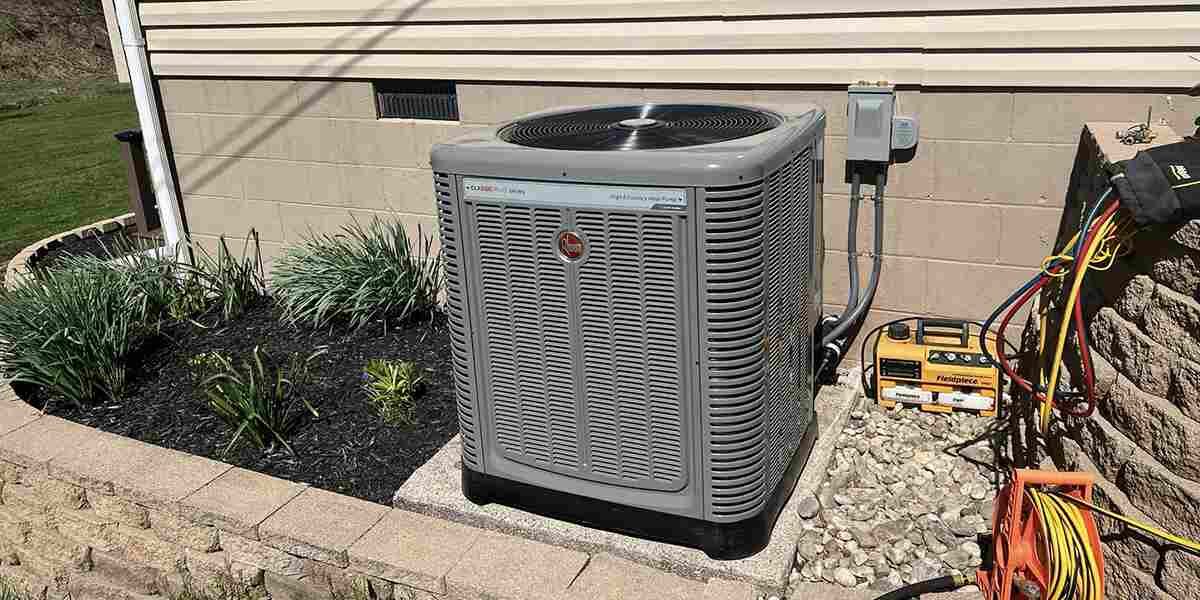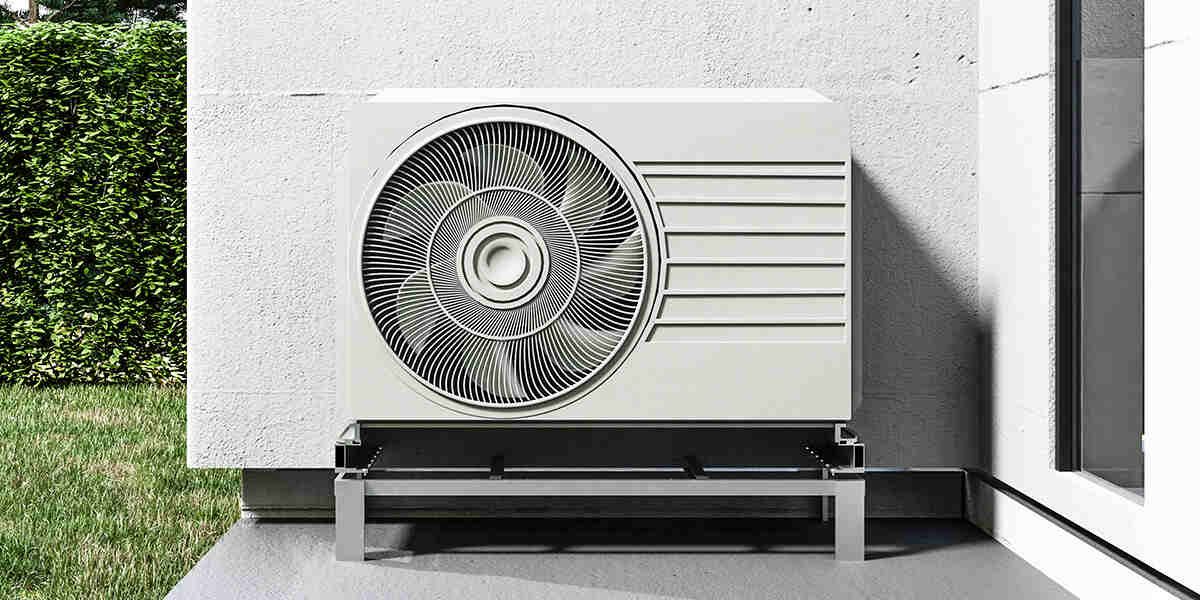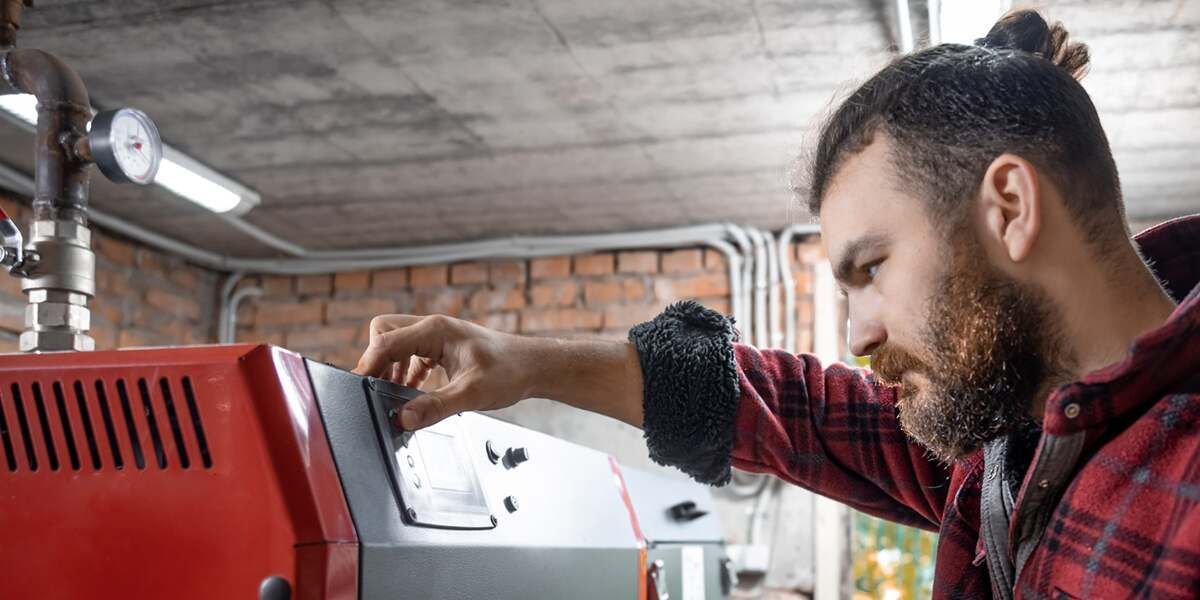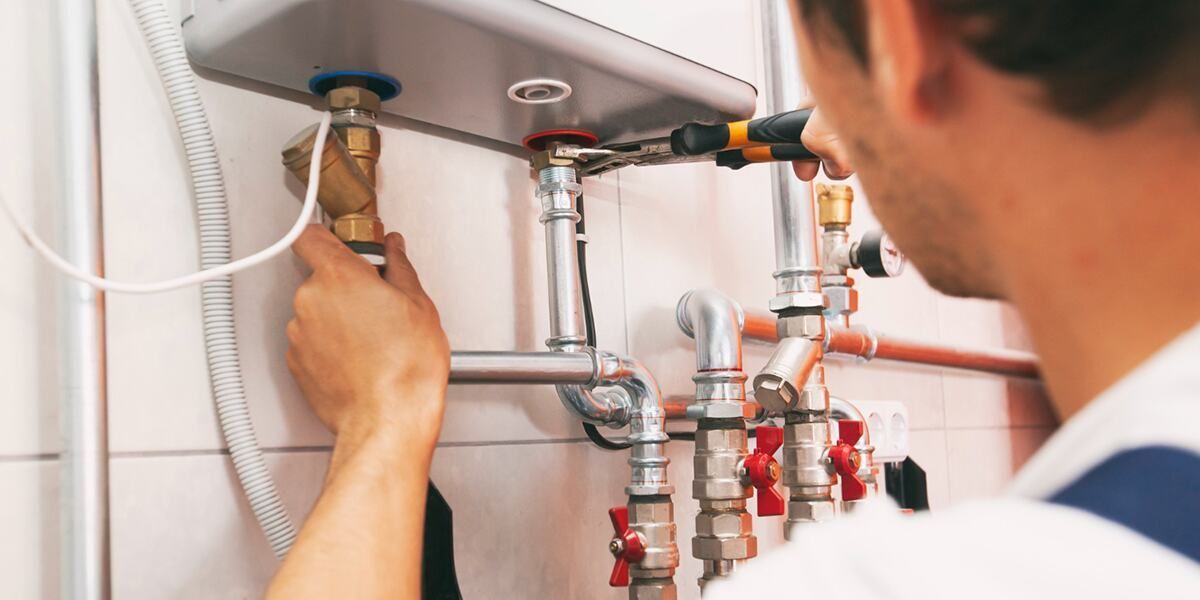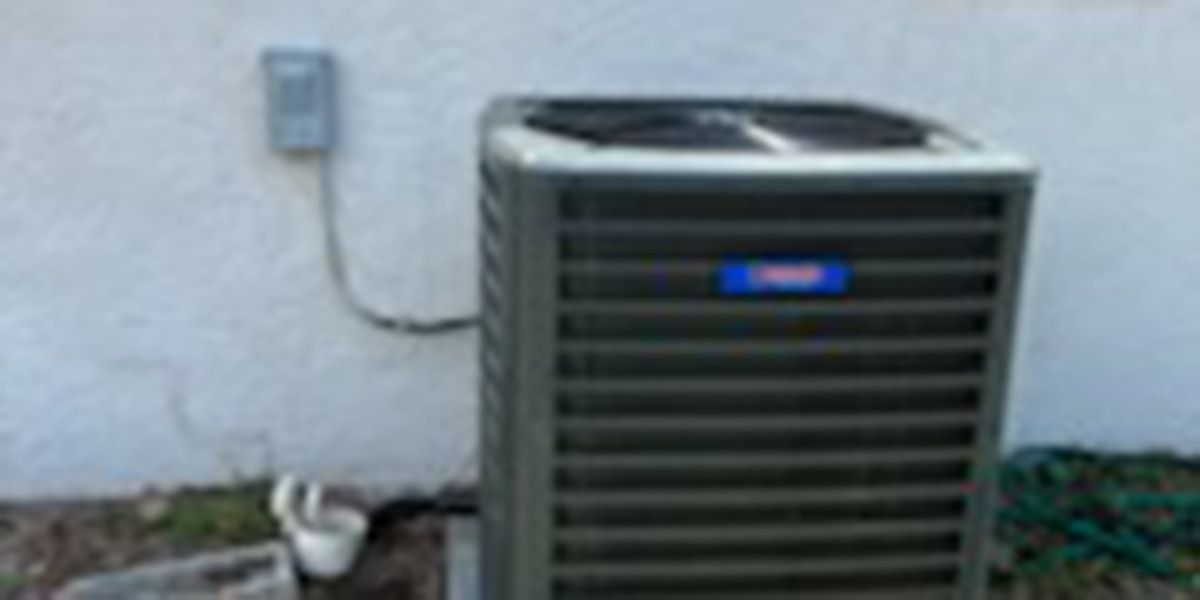EMERGENCY SERVICE AVAILABLE
How Does a Furnace Flame Sensor Work?
Furnaces contain several components that work together to function correctly and make the home comfortable. However, since there are so many parts to a furnace, homeowners are often left with questions about these parts when things go wrong.
This often leaves you with questions like how does a furnace flame sensor work, or how do I troubleshoot what component is wrong with my furnace?
When things aren’t working as they should, opting for professional heating and cooling services in Ocala is a good idea to ensure your HAC unit gets the appropriate repairs.
In the meantime, continue reading to learn how flame sensors work, why this sensor is so important, and other essential details about this critical component necessary for your furnace to continue safely heating and cooling your home.
What Is a Flame Sensor?
The flame sensor is a device inside the furnace located near the flame burners. Its main job is detecting if the furnace produces a viable flame and burning gas. If the flame sensor is faulty or has issues, it can negatively affect your furnace's ability to function at the level needed. The furnace will often not turn on or continue to short cycle if this flame sensor malfunctions.
The flame sensor resembles a rod that cuts through the pilot light flame inside your furnace. Typically, the flame sensor is across from the ignitor. For example, if your flame sensor is on one side, the ignitor should be on the opposite side.
What Does the Flame Sensor Do?
As stated previously, the flame sensor's primary duty is to detect if the furnace produces a flame so it can burn gas properly. If the flame sensor does not detect a flame to burn the natural gas emission from the gas valve, it stops the furnace from operating.
Without a flame sensor, your furnace has the potential to continue emitting natural gas into the air even if the pilot light is not igniting and burning off the gas fumes.
This can be incredibly dangerous because the furnace may continue to let out natural gas into your environment.
Considering the flame sensor as a required safety protocol inside a furnace is crucial because you can slowly yet continuously emit deadly gases into the air without one.
How Does the Sensor Operate?
The flame sensor detects if your furnace produces a flame or not. If there is a flame, the emitted gas can burn to fuel the furnace. If the flame sensor does not sense a flame, it shuts down the furnace operations.
If everything works correctly and the flame is present, the sensor sends an electrical message to continue the HVAC process. Since there are different types of flame sensors, they all work slightly differently. However, each performs the same function of detecting a flame.
Different Types of Flame Sensors
While all flame sensors perform the same job, they may operate or work using different properties. For example, some sensors use ultraviolet detection, while others use infrared detection to sense the flame. Occasionally, furnaces have flame sensors that feature both infrared and ultraviolet.
Infrared
Infrared flame sensors use an infrared sensor to detect the infrared radiation emitted by a flame. When the flame emits infrared radiation, the sensor uses a pyroelectric cell to indicate the infrared light. The flame sensor can turn off when sensed, allowing the unit to function. The main advantage to this is its low cost and fast response time. However, a downfall is it may give false readings if the internal environment is too hot.
Ultraviolet
This flame sensor uses ultraviolet to detect ultraviolet radiation from flames. Ultraviolet sensors can detect this invisible form of light to see if the flame is present. Its main advantage is its quick response time. However, the only downside is the flame sensor can become faulty if exposed to direct sunlight.
Signs Your Furnace Flame Sensor Is Failing
If you’re wondering how does a furnace flame sensor work, you may also want to know signs your flame sensor is experiencing issues. Here is a brief list of signs that indicate your flame sensor or other parts of your HVAC unit require attention.
- The furnace is short-cycling on and off
- The thermostat temperature does not match the home temperature
- Consistent clicking noise coming from the furnace
- Rusty spots near the ignitor or outside the unit
- Burning or natural gas odors near the unit
If your flame sensor fails and other components are not working correctly, it might be time for a new furnace. A trained HVAC technician can help you choose the right furnace for your home. In the long term, a new furnace is an excellent investment for your family to optimize comfort and energy efficiency.
Flame Sensor Maintenance
Flame sensors can experience an array of issues. Sometimes, they need a deep cleaning because they can get dirty due to soot and dust. When this happens, the debris may accumulate on the sensor, preventing it from functioning correctly.
A solid cleaning from a professional HVAC team is the best way to service your flame sensor to guarantee it's thoroughly cleaned. Meanwhile, the HVAC technician can inspect the flame sensor and surrounding areas to ensure that’s the only cause of concern.
Rely on Local Trusted HVAC Experts
Trained HVAC technicians know how to treat various furnace flame sensor issues. They also have a knowledgeable understanding of a reasonable furnace run time, common furnace issues, and diagnosing the many issues that can occur with furnaces.
Fast Air Repair is your trusted team of HVAC professionals who can complete your residential or commercial heating and cooling repairs and installations so you can get the long-term solutions you deserve.
This way, instead of wondering how a furnace flame sensor works, direct your questions to a trained professional to get answers as quickly as possible. Contact Fast Air Repair in Ocala, FL, at
(352) 290-7968 to get repairs on your furnace and check your flame sensor today!
Contact us for Service
Footer - Website Lead
We will get back to you as soon as possible.
Please try again later.
For emergency service, to get a free quote, or if you have questions or special requests, just drop us a line. We Look forward to serving you!
Hours Of Operation
- Mon - Sun
- Open 24 Hours
Emergency Service Available
All Rights Reserved | Fast Air Repair



